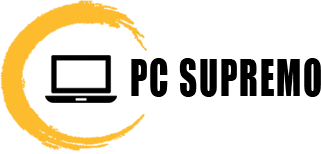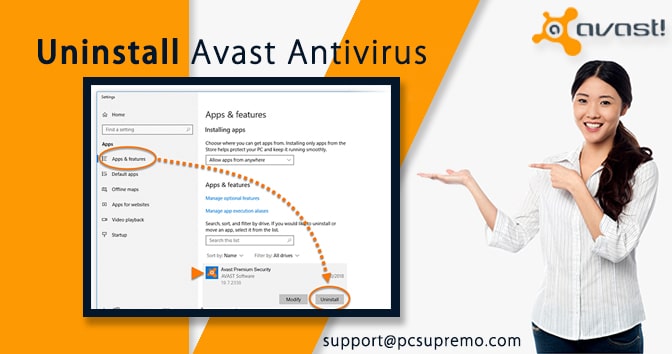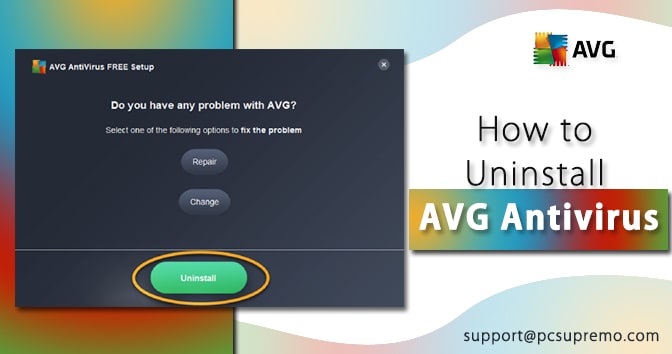Norton Antivirus depends on a membership to keep your PCs and workstations shielded from the most up to date infections and other online dangers.
When your membership lapses, Norton won’t give you access to the main highlights of the program, including the infection scanner. To reestablish insurance, you need to restore your membership or purchase an alternate Norton item with Automatic Renewal service.
Against infection, programming works by contrasting the documents on your PCs and those you access online to a data set of referred to infections, known as infection definitions.
Without consistently refreshed definitions, an enemy of infection program will not secure your PCs and office workstations against new infections.
All paid virus programs, including Symantec’s Norton AntiVirus and their business versions, sell definition refreshes through membership plans and presently don’t refresh the definitions once the membership terminates with Automatic Renewal service.
In contrast to some different brands, be that as it may, current adaptations of Symantec’s projects will quit working – even with old definitions – after the membership closes, leaving the PCs on your organization unprotected.
Impacts of Expiration
Some enemy of infection programs separates your membership from the actual product – even after termination, you can keep utilizing the program with old infection definitions.
Norton, in any case, incapacitates the whole program when your membership runs out.
You can’t run filters or empower foundation security in Norton without a current membership.
This keeps clients from erroneously accepting their item will keep on working adequately without new definitions; however, it leaves your PCs defenceless until you fix the issue of Norton card not accepting.
Restoring Your Subscription
Purchasing another membership for your Norton item will re-empower the product without requiring a new establishment.
Open Norton from your taskbar and snap “Reestablish” close to Subscription Status. Snap “Reestablish My Subscription” and afterwards “Purchase Now.” After the installment, Norton will allow you to move into the principal program and resume insurance.
You can likewise recharge your membership from the Norton Management site, making it simpler to reestablish memberships on different PCs (see Resources).
Recharging works with Norton programming as far back as 2002 releases. On the first chance that you have a more established item, you need to redesign it.
Redesigning Your Software
Rather than recharging Norton AntiVirus, you can purchase and introduce an alternate Norton or Symantec item with more highlights. New item buys accompany a valuable membership for one year except if you pick a more extended arrangement.
Changing to an alternate item additionally permits you to adjust your permit to cover more or fewer machines, though restoration resubscribes your permit with no guarantees. You can purchase another item from Norton’s site or any store.
Refreshing the Program
Symantec discharges variants of Norton AntiVirus much of the time, giving upgrades and new highlights. You don’t have to buy new programming to get to these updates – any PC with an active membership can download and introduce the freshest variant of the program from the Norton Management site.
You don’t need to refresh every one of your PCs to each new form to remain safe; nonetheless: as long as you have a current membership, even a year ago’s variant of Norton AntiVirus will have modern infection definitions.
Current Policy
Current Symantec programs, including Norton AntiVirus and Norton Internet Security, contain the accompanying admonition in their end-client permit arrangements: “The Software may naturally deactivate and get non-operational toward the finish of the Service Period, and You won’t be qualified for getting any element or substance updates to the Software except if the Service Period is reestablished.”
Accordingly, when a Norton membership closes, the program will quickly quit working and presently don’t filter for infections.
Strategy Change
Symantec made the current arrangement of totally deactivating terminated programming in 2007 to present for clients that proceeding to utilize an enemy of infection program without refreshed definitions would not give adequate security.
Adaptations of Norton AntiVirus made preceding 2007 would keep on working after their membership lapsed, yet would not download new infection definitions.
Also Read this – Antivirus vs VPN – Which Protects You Online Better in 2021
Membership Options
At the point when a Norton AntiVirus membership closes, you have two alternatives to recover against infection insurance. The primary choice, reestablishment, adds extra membership time onto your record.
You can reestablish whenever without relinquishing your excess membership time, and you can download new forms of the product as Symantec discharges them.
The other choice, redesign, permits you to change to an alternate Symantec security item, like Norton Internet Security. This choice will begin another membership, relinquishing any spare time on your first membership.
Free Alternatives
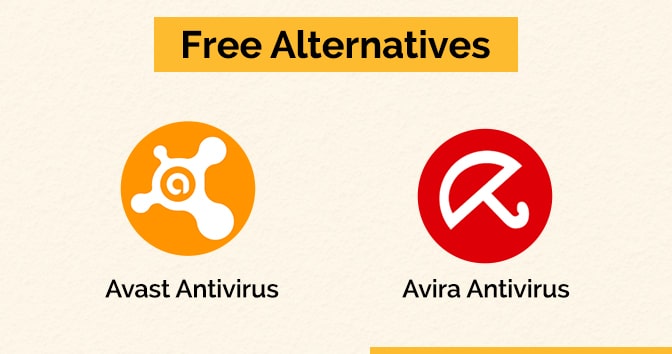
If your spending plan doesn’t uphold your Norton membership for every one of the PCs in your business, you may consider introducing a free option on your PCs to set aside some cash.
A few other options, including Avast, AVG and Avira, offer free enemy infection programs for individual use.
Notwithstanding, the licenses on these items don’t take into account corporate use, so you’ll have to either reestablish your current membership or buy into another brand of hostile to infection for office PCs.
What is “Norton membership has expired today”?
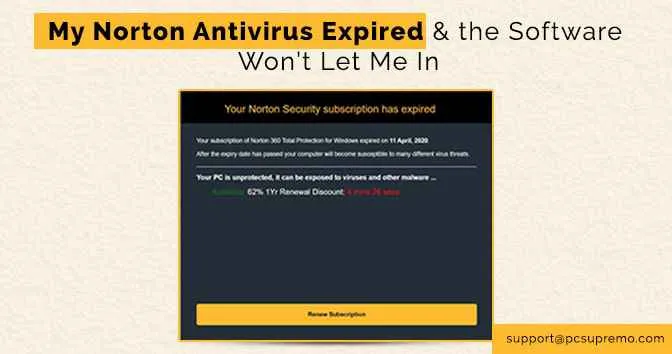


“Norton membership has expired today” is a deceitful spring up alarm, guaranteeing that (for this situation, Norton) antivirus suite membership has terminated and requires recharging.
Different misleading sites show such trick messages. These locales are infrequently visited readily, and most guests access them through unapproved diverts.
They typically utilize tapping on nosy commercials (likely facilitated by undermined sites) or power opened by PUAs (possibly unwanted applications).
It ought to be known that PUAs needn’t bother with express client consent to attack their gadgets. Besides causing diverts, they likewise run intrusive promotion missions, and some can follow information.
The spring-up states that (like from the Norton Renewal Center) that the Norton antivirus membership has gotten void (terminated). It urges clients to recharge it to shield their frameworks from the most recent Ransomware infections.
While tapping the “Restore Now” button prompts the authentic Norton antivirus site (the items/buy page explicitly), this spring up message is in any case viewed as a trick.
Numerous beguiling sites show such cautions and afterwards lead clients to noxious locales (for example, the phishing or trick type) and offer harmful substances to download/introduce (for example, program ruffians, adware or other undesirable projects).
Agreeing with “Norton membership has terminated today” solicitations may prompt framework attacks/contaminations as well as different protection issues.
It is firmly prescribed to overlook this message and leave the site showing it right away. Some maverick sites can execute content to keep clients from shutting program tabs/windows.
Should clients experience such, utilizing the Task Manager to end the program cycle or rebooting the framework – will wipe out this issue.
Moreover, it is noticed that the last meeting should not be reestablished while resuming the program. Since the past meeting holds the trick site (or the page that caused the underlying sidetrack) – the spring up will be shown once more.
As referenced in the presentation, PUAs can create sidetracks to different dishonest/noxious locales. They can convey meddlesome notice crusades too. By executing a wide assortment of devices, they can empower outsider graphical substance.
Accordingly, conveying adverts (pop-ups, pennants, overviews, coupons and so forth) can seriously obstruct perusing. Said nosy advertisements can restrict perusing pace and site permeability (doing the last by overlaying the page’s substance).
Notwithstanding, the actual notices have specific appalling capacities. Intrusive adverts (regularly brandishing an authentic and innocuous look) likewise cause sidetracks to comparably risky sites, and some can even execute scripts intended to download/introduce PUAs independently.
Another ability of unwanted applications that are significant is information following. By keeping an eye on clients’ perusing propensities, they can accumulate individual data (IP address, geolocation and individual subtleties).
This data is then gone to outsiders, aim at abusing it to produce income (potentially through actual criminal conduct).
Accordingly, information following substance present on frameworks can prompt serious security issues, even fraud. Because of these dangers to PC honesty and client security, all PUAs should be eliminated immediately.
